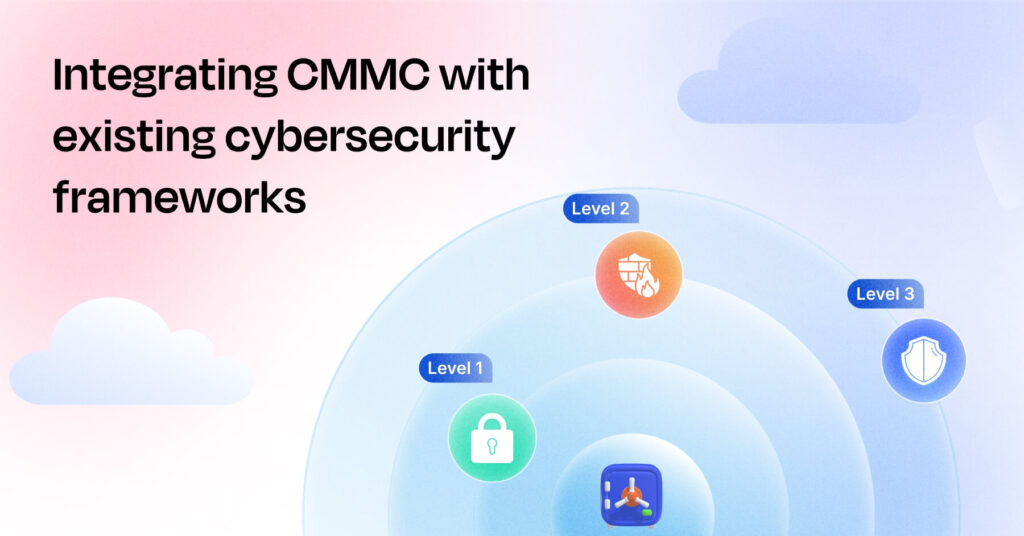Glossary of Compliance
Compliance Glossary
Our list of curated compliance glossary offers everything you to know about compliance in one place.
HIPAA Summary
HIPAA summary is a brief of the HIPAA frameworks. It talks about how healthcare providers and related entities must process health information and the measures to abide by while transmitting or sharing PHI.
Key topics covered in the HIPAA summary are:
The Privacy Rule (PHI and Key Concepts)
The Privacy Rule governs the use and disclosure of PHI, which includes health-related information, payment details, and individually identifiable information. Identifiers under the Privacy Rule are broadly defined and encompass various personal data.
Note that the Privacy Rule only applies to individually identifiable information, and when in doubt, it’s wise to assume that the Privacy Rule protects all information.
Use and disclosure
- “Use” refers to using PHI within the entity that maintains it.
- “Disclosure” relates to releasing or providing access to PHI outside the entity.
Minimum necessary information
Individuals should limit access to and use/disclosure of PHI to the minimum amount required to perform their job or intended purpose. Exceptions exist for treatment-related information.
For example:
- A receptionist scheduling appointments should only read part of the patient file.
- A clinic volunteer working on specific patient files must not access the files of other patients.
Protection of PHI
Those working in healthcare entities must safeguard PHI. This involves securing records, promptly removing documents from fax machines and copiers, and preventing unauthorized access.
Patient’s right to object
Patients have the right to object to using or disclosing their PHI in specific instances, such as including inpatient directories or sharing information with individuals involved in their care.
Uses and disclosures not requiring patient permission
Certain routine uses and disclosures of PHI don’t need patient authorization. These include
Examples:
- Treatment-related use of patient information
- Billing coordination with health insurance
- Quality assurance and peer review activities
Other disclosures
The Privacy Rule also permits disclosures without patient permission for public health activities when required by law and for employment or worker’s compensation purposes.
Additional reading
Integrating Cmmc With Existing Cybersecurity Frameworks: A Practical Guide for 2025
How Much Does HITRUST Certification Cost in 2025?
A Starter’s Guide To Strategic Risk Management

Sprinto: Your growth superpower
Use Sprinto to centralize security compliance management – so nothing
gets in the way of your moving up and winning big.



